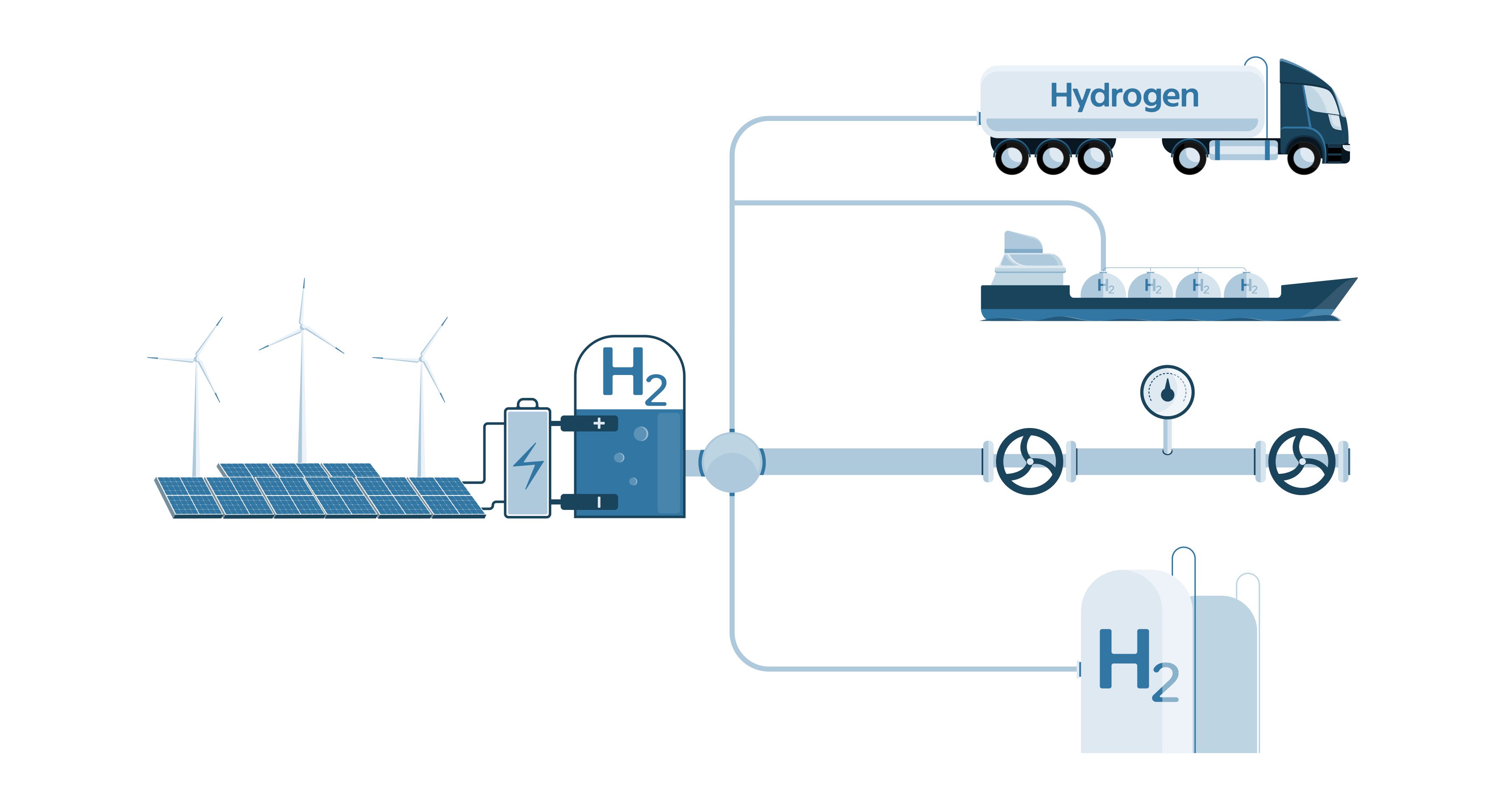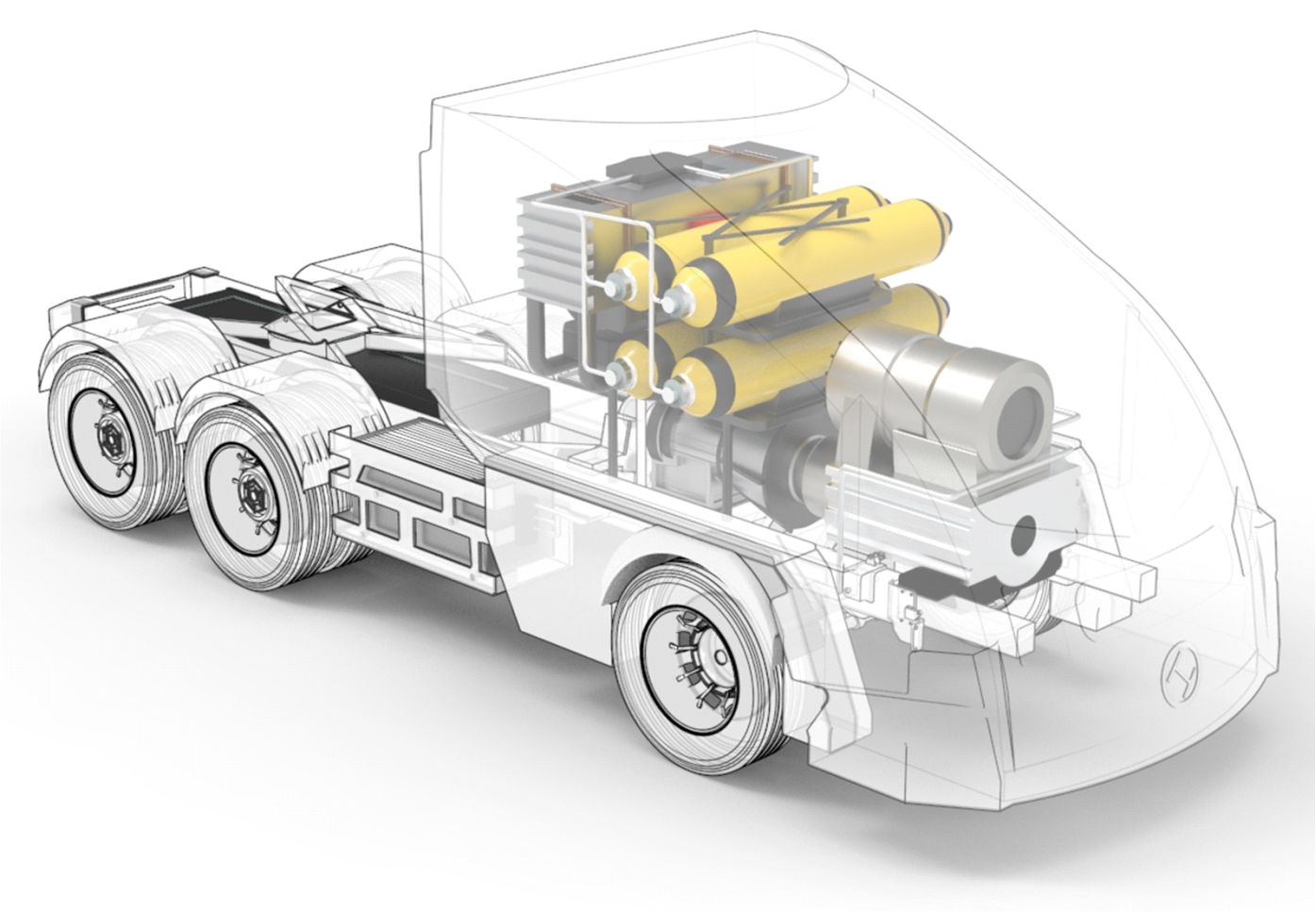Simulative investigation of the filling and withdrawal processes in hydrogen storage systems
Challenge
Hydrogen is a key fuel for reaching the goals of a sustainable energy supply but at a pressure of up to 1000 bar and in the temperature range from -40°C to +85°C can no longer be treated as an ideal gas.
Therefore, regardless of the application, it is quite difficult to design hydrogen storage and distribution systems "by hand".
Conditions
Typical hydrogen storage systems consist of multiple valves and vessels connected through a branched piping network. The technical challenges posed by these constraints are:
- Charging the hydrogen storage system causes the temperature in the type 4 vessels to rise. The faster the filling takes place, the higher the temperature. If a certain temperature threshold is exceeded, the containers may be damaged, resulting in hydrogen leakage or even container disintegration.
- To avoid damages to the storage vessels and to maintain a high efficiency at the fuel cells individual strategies for refueling and distribution are required to control the temperature balance of the system.
- During operation, dynamic interactions between the storage system and the fuel cell or the combustion engine as the loads can lead to unexpected fluid oscillations in the system.
Solution
The FLUIDON library for piping systems makes it possible to model such systems and simulate the transient change of pressure, temperature and mass flow of hydrogen within the system.


Benefits
- Obtain a detailed understanding of the internal dynamic behavior of the system
- Reduced risk of errors by choosing the right component sizes and component dynamics
- Accelerate development by choosing the right design layout on the first try
- Optimization of the control strategy in combination with virtual system evaluation
The following physical effects and phenomena are covered
- Joule-Thomson effect (temperature change due to isenthalpic throttling)
- Dissipative heating of the fluid due to friction
- Pressure- and temperature-dependent fluid properties based on an extensive fluid library
- Steady and unsteady pipe friction (increase of pressure loss due to unsteady flow)
- Convective heat transfer from fluid through pipe wall to environment and vice versa
Contact us for detailed information
Detailed questions regarding the above-mentioned projects or possible solutions to specific problems will be answered directly by our engineering team.



